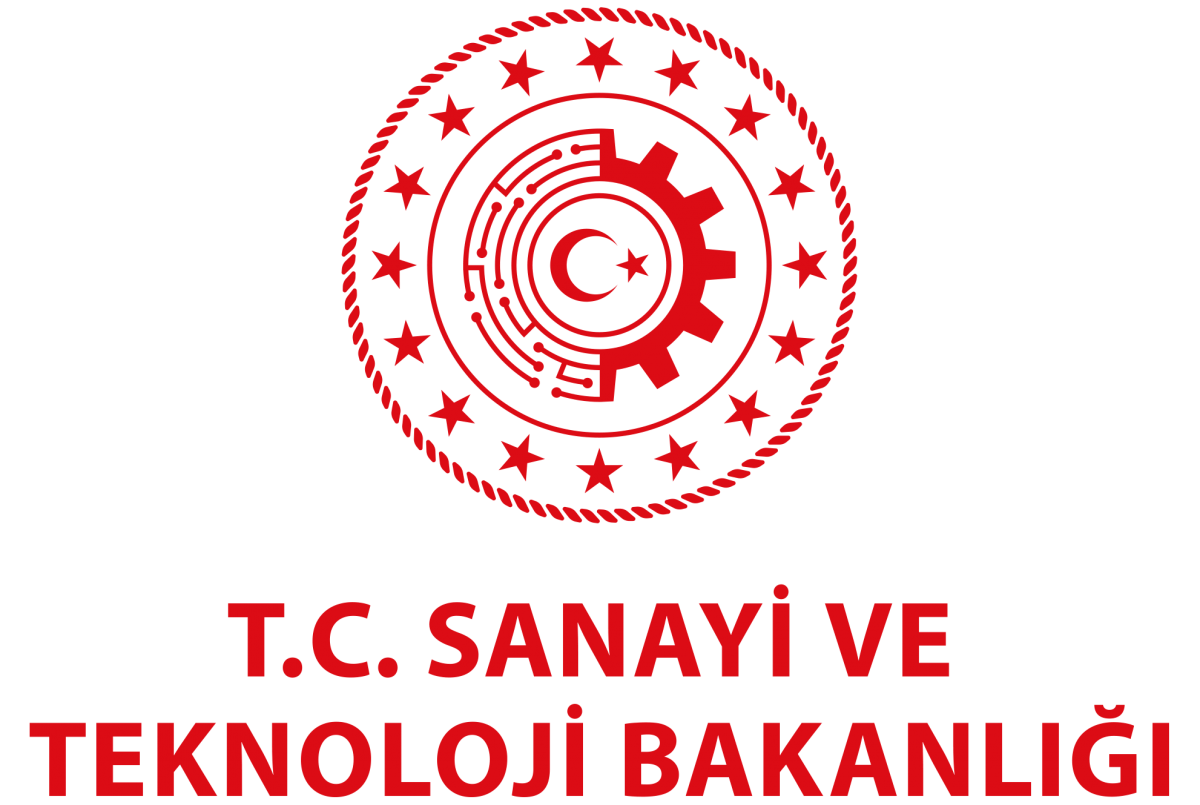The main objective of TÜBİTAK UME Acoustics Laboratories is the realization, maintenance and improvement of the standards for the measurement quantities of sound pressure in air, rectilinear acceleration, and ultrasonic power. The integration and equivalence of realized national standards within the international metrology system is assured through participation in international comparisons. Traceability and measurement coherence for secondary level laboratories within the country are provided by means of a wide range of calibration, measurement and test services. One of the other objectives is to generate research projects that address the needs of the country and the demands of the stakeholders in the related areas. To this end, Acoustics Laboratory takes part as a project partner in research projects undertaken within the European Metrology Research Program. These types of collaborative projects contribute to the laboratory's international cooperation network and experience. The Acoustics Laboratories consists of the three divisions, namely: the Acoustic, the Ultrasonic and the Vibration Laboratory. The services provided by the laboratories and work areas can be summarized as follows:
ACOUSTICS LABORATORY
Establishment and improvement of the standard for the unit of sound pressure at the primary level is the main activity. Calibration of devices used in acoustical measurements at the primary and secondary levels, characterization of special acoustical rooms, in room measurements of the sound absorption coefficient of materials and reverberation time are the other activities of the acoustic laboratory.
The standard for the unit of sound pressure is established in the frequency range from 10 Hz to 25 kHz in accordance with the IEC 61094-2 standard. The degree of equivalence between the realized standard and the national standards of other countries is determined through participation in international comparisons. The uncertainty of the national standard is at a level comparable to the uncertainty levels of the standards of leading national metrology institutes. The unit is disseminated to the secondary level by means of the calibration of various devices and transducers such as condenser microphones, sound calibrators, etc. The Acoustics Laboratory, with its infrastructure consisting of a full anechoic room with 50 Hz cut-off frequency and reverberation room, and its measurement capabilities, performs a wide range of highly accurate measurements and is a provider of acoustics metrology expertise within the country and abroad. The laboratory contributes to R&D projects in the country and within the European Metrology Research Programme (EMRP).
ULTRASONIC LABORATORY
Maintenance of the primary standard for ultrasound power in diagnostic and therapeutic medical applications is the fundamental activity of the laboratory. Other activities involve the characterization of transducers used in ultrasonic and sound velocity measurements in materials. Subjects studied by the laboratory are as follows:
- Determination of the output power of the ultrasonic diagnostic and treatment devices,
- Field characterization of transducers.
National standard of ultrasonic power unit at the primary level is established by means of radiation force balance in accordance with the IEC 61161 standard. The national standard covers a frequency range of 1 MHz to 15 MHz and a power range of 10 mW to 15 W.
Additionally, measurement capability up to 150 W is also provided for output power measurements of high intensity focused ultrasonic transducers, which are widely used in medicine, by the established radiation force balance in the laboratory. The laboratory has recently been focused on a project that investigates the use of ultrasonic in health treatments.
VIBRATION LABORATORY
The establishment and improvement of the primary standard for the unit of rectilinear acceleration is the main activity in the vibration field. The primary and secondary level calibration of devices used in vibration measurement is the other significant activity of the Vibration Laboratory.
The national standard for the linear acceleration unit is established based on laser interferometry in accordance with the ISO 16063-11 standard.
Absolute calibration of the reference standard accelerometers is performed in the frequency range from 10 Hz to 10 kHz. The unit is disseminated to secondary level by means of a comparison calibration against the reference standard accelerometer calibrated at primary level. There are plans to extend the working range of the standard for linear acceleration unit to the lower frequency range.


